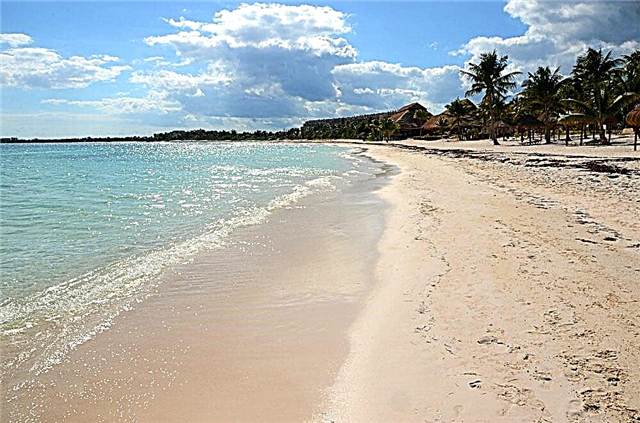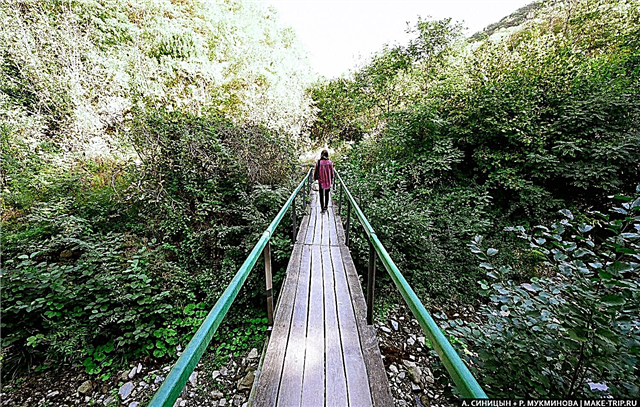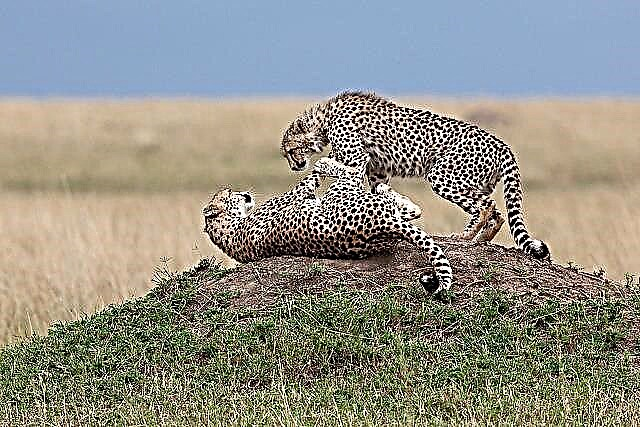We describe the main national parks of Kenya and talk about safari tours: what to take with you and how to behave on a safari in Africa.
If you are planning to include not only a safari, but also a beach vacation in the program of your trip to Kenya, then it will be useful for you to read our article on the best Kenyan resorts.
Kenya national parks
It seems that Kenya all consists of national parks and reserves - there are no less than 60 of them here! Of course, we will not list everything - we will name the most iconic of them and tell you about the features of Kenya's national parks.
Nairobi National Park
One of the main national parks in Kenya (and the very first - opened in 1946). It is notable for the fact that it starts 7 km from the center of the capital of Kenya - you can see wild animals walking against the backdrop of the stone jungle. In the Nairobi park, tourists observe the migrations of wildebeests and zebras in July and August.
Tsavo National Park
Tsavo East, together with Tsavo West, is the largest national park not only in Africa, but in the whole world - it occupies 4% of the area of Kenya! The landscape of Tsavo East is interesting thanks to the Yatta plateau, which was formed from solidified lava. The Mudanda cliff is also notable. Tsavo West is not a hike to the East - the landscape of the reserve is more hilly and rocky, there are more plants here. The park is notable for the red color of the ground and the so-called red elephants - the animals roll in red dust.
Who can you see in this Kenya National Park on African safari tours? Elephants and Masai giraffes, black rhinos, antelopes, monkeys and a variety of predators. The park is home to over 500 bird species.

Maasai Mara National Reserve
The Maasai tribe lives on the territory of this African reserve. This is one of the most famous national parks - it is notable for the fact that, having gone here on a safari in September and October, you can observe the migration of wildebeests. There are many lions, leopards and cheetahs in Masai Mara.
Lake Nakuru National Park
People go on a safari tour to Lake Nakuru to see flocks of pink flamingos and pelicans. In peak season, about 1.5 million flamingos flock to the lake! The park is also home to rare white and black rhinos, Ugandan giraffes and a variety of birds.
Amboseli National Park
Amboseli Park primarily attracts tourists because here you can see and photograph wild animals against the backdrop of Mount Kilimanjaro - very beautiful. In addition, in the park you can drive up close to grazing herds of elephants.

Safari tours in Kenya: tips
What to take on a safari in Africa
- food and water;
- personal belongings and hygiene products;
- clothes for the weather and the season (it can be very cold at night), a hat and sunglasses;
- camera / camera with good zoom (300 mm lenses are recommended);
- binoculars.
On a safari tour in Kenya, take a minimum of things: there is not much room for suitcases in the car. It is better if your personal belongings fit into an oversized sports bag or backpack measuring no more than 65 x 46 cm (weight - no more than 12 kg). You also need to have a sleeping bag and pillow, a backpack or purse for documents, money, a notebook and pens, first aid kits, cameras, etc. - what you will take with you to the car.
If you have poor eyesight, it is best to ditch your lenses and wear regular glasses as it can be dusty.
Clothing for African safari tours should be light, soft colors (olive, gray, sand), with the exception of white - it can irritate animals. It is advisable to leave as few open areas of the body as possible. Opt for tall, lightweight shoes that can be tucked into your trousers.
How to behave on a safari in Africa
- You can only leave the car in designated areas. You cannot leave certain routes.
- Do not make sudden movements and stick out your arms while watching animals.
- Animals and birds cannot be fed.
- It is forbidden to shout and talk loudly so as not to frighten off animals.
- If you sleep in a tent, cover it up.
- Do not leave open windows without screens.
- Do not store food in a tent, and at a picnic it is better to eat in the car - remember that wild animals can come to smell it.
- Try to get back to the campsite before dark.
You can read about the cost of a safari in Africa using the example of Kenya in this article. Read also about the sights of Kenya and Nairobi.












